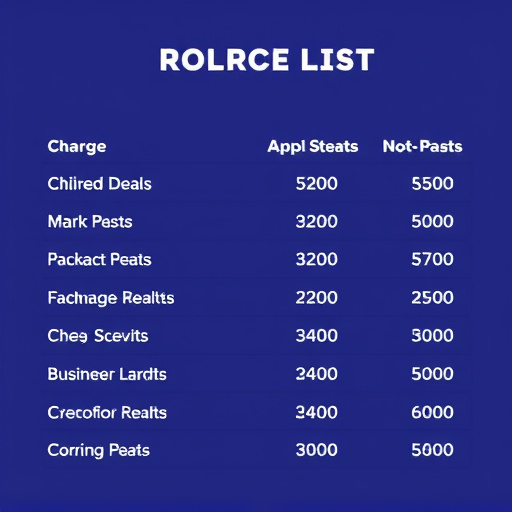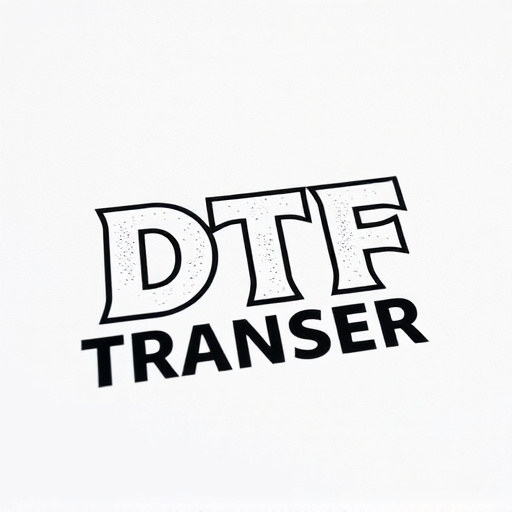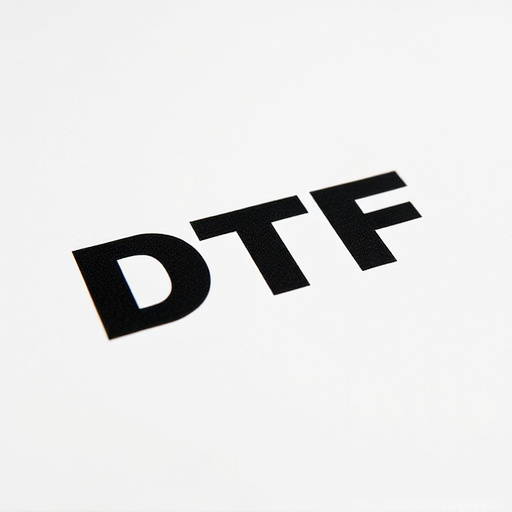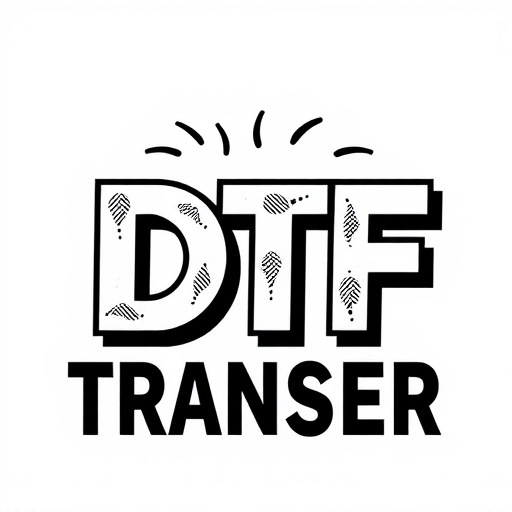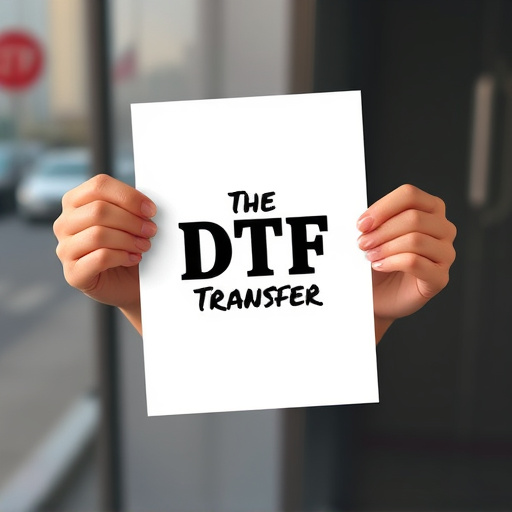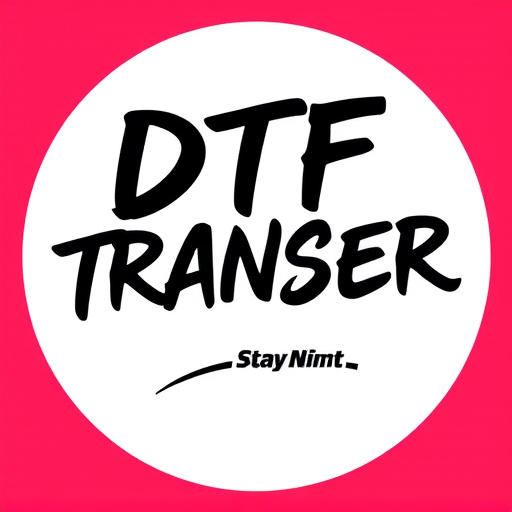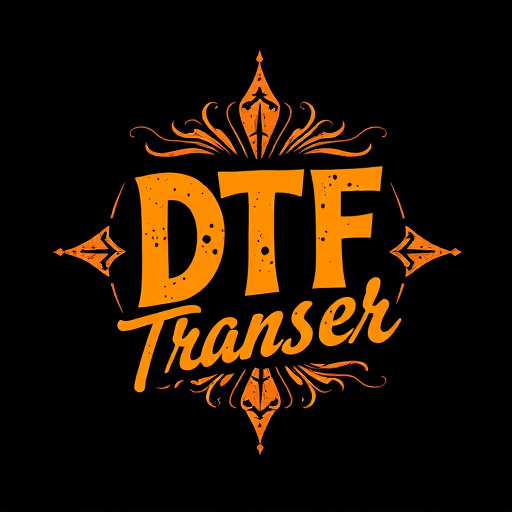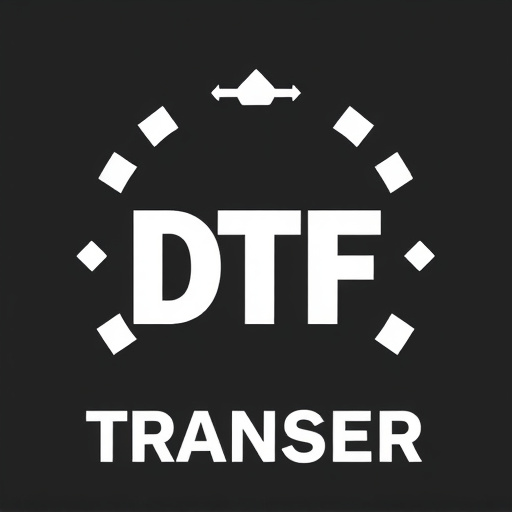Direct-to-Film (DTF) printing is a revolutionary technique transforming artwork creation and application, especially in film. It offers unparalleled precision, customization, and speed, streamlining traditional printing methods. The process begins with optimized digital art, followed by advanced transfer techniques for vibrant finishes. DTF Printing has surpassed direct-to-screen printing, enabling intricate, tailored designs for filmmakers and artists. It provides greater flexibility, control over aesthetics, and distinctiveness in a competitive market. The meticulous journey involves conceptualization, design, material selection (vinyl/polyester films, solvent/water-based inks), and print optimization. Current trends showcase retro-futuristic aesthetics and 3D modeling, catering to diverse artistic styles. DTF Printing's versatility is evident in packaging design and film industry applications, enhancing brand identity and creating realistic effects.
“Unleash your creativity with Personalized Artwork for Direct-to-Film (DTF) Applications. This comprehensive guide explores the fusion of art and technology, where custom designs are brought to life on film. From understanding the fundamentals of DTF printing to uncovering the latest trends, we delve into the benefits, creative process, material choices, and real-world case studies. Discover how personalized artwork enhances films, ensuring a visually stunning impact. Elevate your projects with the power of DTF Printing.”
- Understanding Direct-to-Film (DTF) Printing: A Brief Overview
- Benefits of Personalized Artwork for Film Applications
- The Process: From Concept to Final Print
- Choosing the Right Materials for DTF Printing
- Techniques and Trends in Creating Custom Film Art
- Case Studies: Successful DTF Printing Projects
Understanding Direct-to-Film (DTF) Printing: A Brief Overview
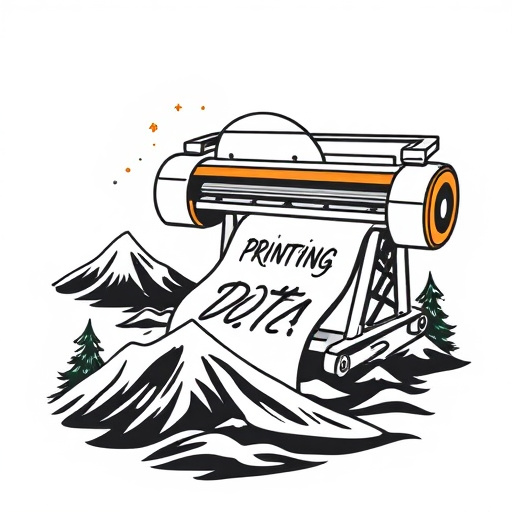
Direct-to-Film (DTF) printing is a cutting-edge technique that has transformed the way artwork is created and applied, especially in the film industry. This innovative process involves transferring high-quality, personalized artwork directly onto various surfaces, including film frames, posters, or even 3D objects. DTF Printing offers unparalleled precision and detail, ensuring that every element of the design is captured with remarkable accuracy. By eliminating traditional printing methods, artists and filmmakers can achieve a level of customization and speed previously unattainable.
The process begins with digital artwork, which is then optimized for printing using specialized software. This ensures that colors, line work, and overall composition are perfect. The printed image is subsequently transferred onto the desired surface using advanced techniques, resulting in a vibrant, long-lasting finish. DTF Printing has revolutionized direct-to-screen printing, enabling the production of intricate, personalized designs tailored to specific applications, making it an indispensable tool for modern filmmakers and artists.
Benefits of Personalized Artwork for Film Applications
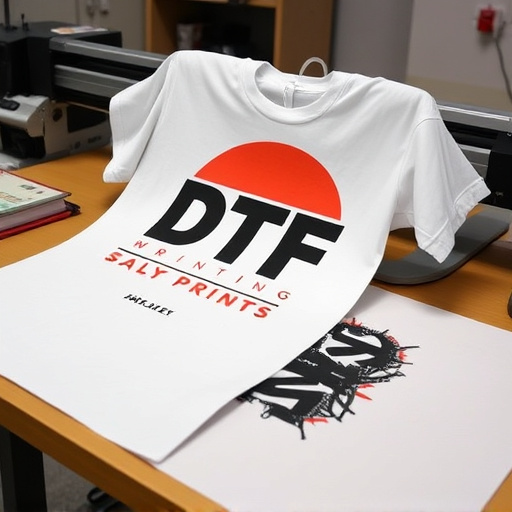
Personalized artwork tailored for direct-to-film (DTF) application offers a myriad of advantages in the film industry. One of its key benefits is the ability to create visually striking and unique content, ensuring that each production stands out in a crowded market. By utilizing DTF Printing techniques, filmmakers can transform their artistic visions into reality, achieving a high level of creativity and visual impact.
Additionally, this approach allows for greater flexibility and customization. Personalized artwork enables precise control over design elements, color schemes, and overall aesthetics, catering to the specific needs and themes of each film project. This level of detail and adaptability is invaluable, especially in independent or niche filmmaking, where distinctiveness and artistic integrity are paramount.
The Process: From Concept to Final Print
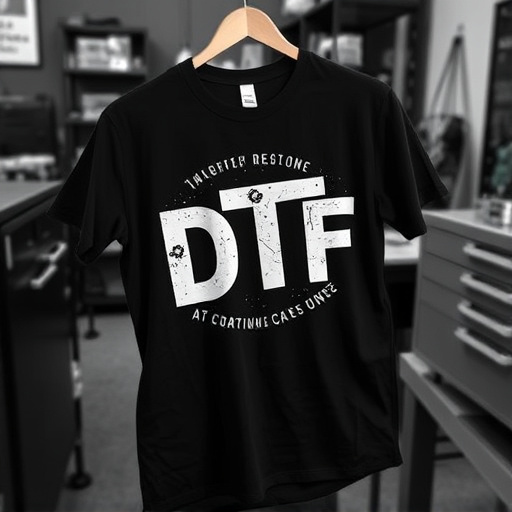
The process of creating personalized artwork for direct-to-film (DTF) application involves several intricate steps, each crucial in bringing a unique vision to life on screen. It begins with conceptualization, where artists collaborate closely with clients to understand their ideas and expectations. This stage is vital as it sets the foundation for the entire project, ensuring the final piece aligns perfectly with the client’s vision.
Once the concept is finalized, artists proceed to sketch and design, translating the concept into a visual format. Advanced software and digital tools play a significant role here, allowing for precise and detailed artwork creation. After digital approval, the artwork is prepared for printing, taking into account factors like resolution, color profiles, and file formats suitable for DTF Printing. The final step involves printing on high-quality media, ensuring vibrant colors and crisp details, ready for direct application to various film surfaces.
Choosing the Right Materials for DTF Printing
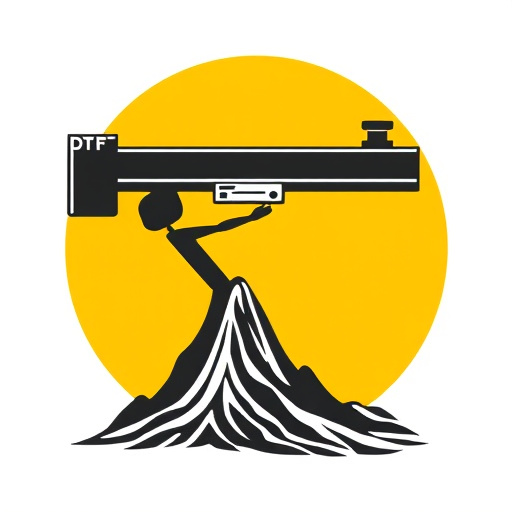
When it comes to selecting materials for DTF (Direct-to-Film) printing, the choice is crucial for achieving high-quality results. The primary consideration is compatibility with the printing process and the desired final outcome. For instance, choosing the right vinyl or polyester films ensures optimal adhesion to various substrates like plastic, glass, or metal. These materials come in different finishes, such as glossy or matte, each offering unique visual appeal and protection against environmental factors.
Additionally, ink selection plays a significant role in DTF printing. Solvent-based inks are commonly used due to their ability to produce vibrant colors and sharp details. However, water-based inks gain popularity for their eco-friendliness and reduced odor, making them suitable for indoor applications. The right combination of materials and inks will enable the creation of personalized artwork that not only meets aesthetic expectations but also ensures durability and longevity in diverse environments.
Techniques and Trends in Creating Custom Film Art
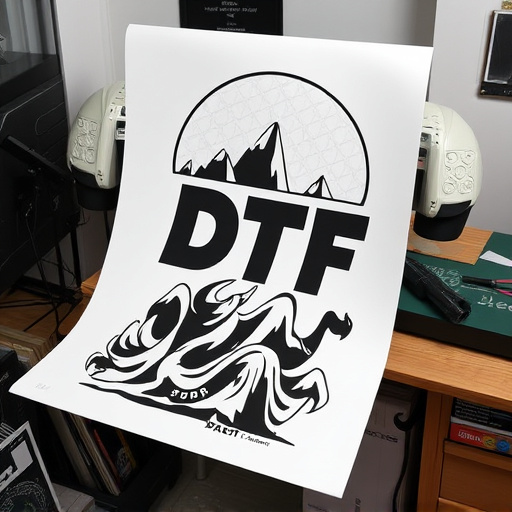
In the realm of direct-to-film (DTF) printing, artists are constantly pushing creative boundaries to produce unique and captivating artwork. One prominent technique involves digital illustration, where intricate designs and vibrant colors are meticulously crafted using specialized software. This method allows for precise control over elements like line thickness, color saturation, and pattern placement, enabling the creation of visually stunning visuals.
Trends in custom film art often reflect the ever-evolving world of cinema and pop culture. For instance, the rise of retro-futuristic aesthetics has inspired artists to incorporate vintage-inspired filters and textures into their DTF designs. Additionally, the integration of 3D modeling techniques adds depth and realism, transforming two-dimensional artwork into immersive visual experiences. These innovative approaches not only enhance the visual impact of films but also cater to diverse artistic styles, making personalized DTF printing a sought-after service in today’s entertainment industry.
Case Studies: Successful DTF Printing Projects
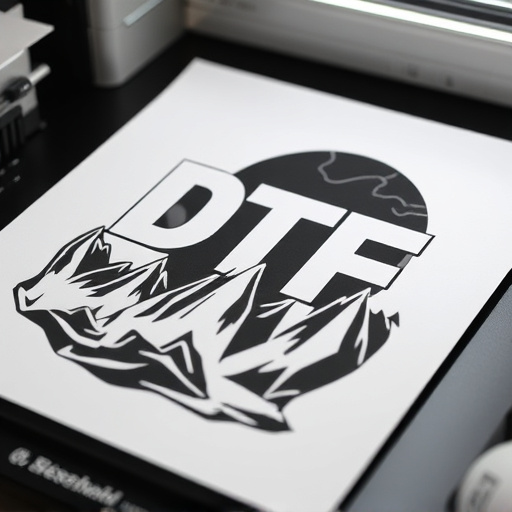
Direct-to-film (DTF) printing has revolutionized various industries with its ability to create personalized, high-quality artwork for direct application on films and other media. Case studies demonstrate the versatility of DTF technology across diverse sectors. For instance, in packaging design, DTF printing enables the production of unique, eye-catching labels that enhance brand identity. The precision and detail achievable with DTF ensure that intricate designs and vibrant colors are reproduced accurately, making each label a stand-out feature on product shelves.
Another successful application is seen in the film industry itself, where DTF printing facilitates the creation of custom props and backdrops. By printing directly onto film, filmmakers can achieve intricate, realistic effects, from vintage movie posters to futuristic cityscapes. This not only saves time and costs compared to traditional methods but also offers unparalleled creative freedom. These real-world examples highlight how DTF printing is transforming industries by providing tailored solutions that meet the unique demands of direct-to-film applications.

